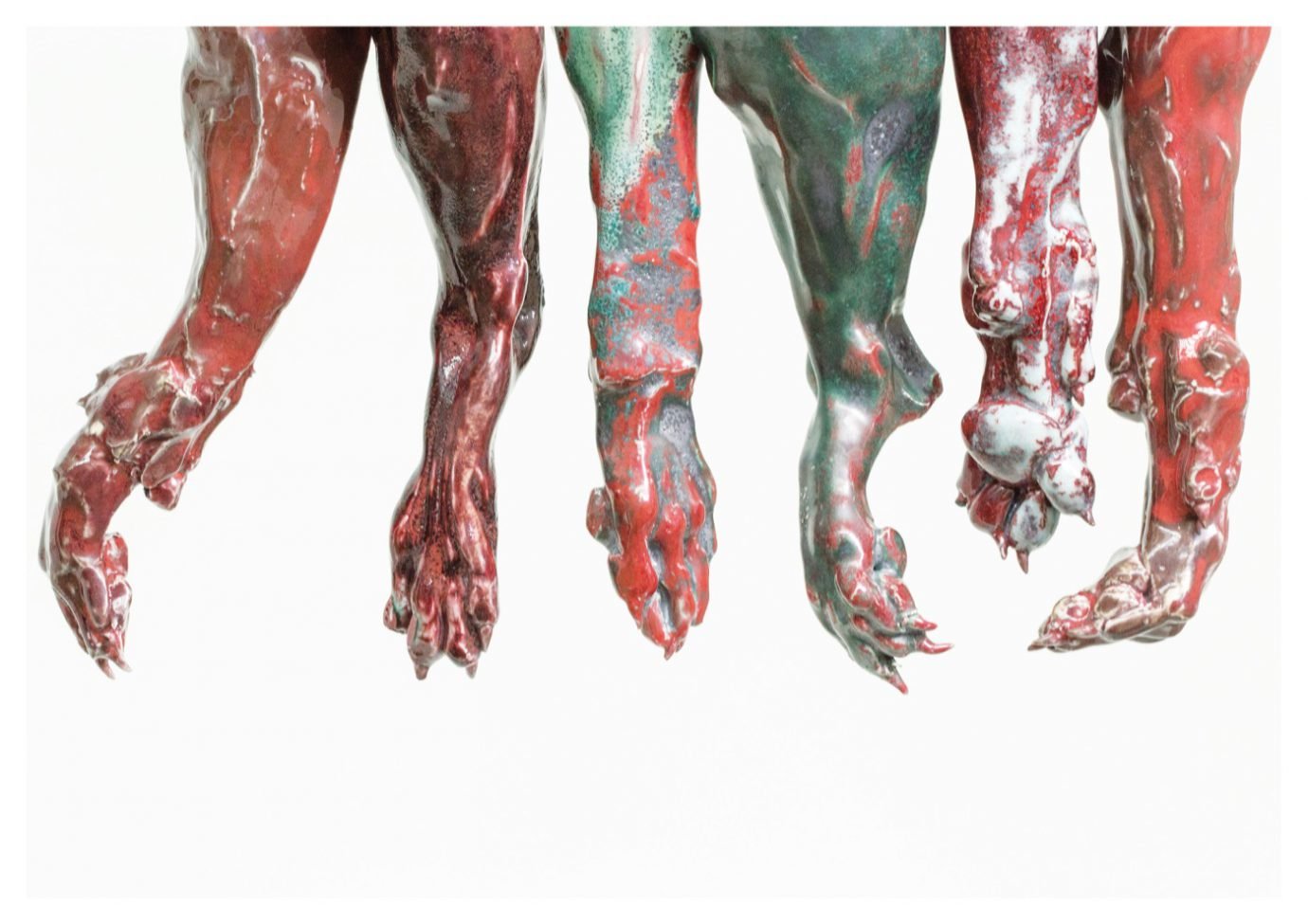From Creative Director Jonathan’ Anderson’s support of ceramicists through initiatives including the Loewe Foundation Craft Prize to Hedi Slimane’s collaboration with sculptor Katinka Bock to create an artwork for Céline’s Rue Duphot store in Paris, via glob-like earthenware designed by Kris Van Assche for Berluti’s SS21 collection, both the worlds of fashion and ceramics are steadfastly becoming more intertwined.
“I think the reason why fashion creatives are starting to experiment with ceramics for the body is because we’re part of a new generation of artists that just don’t work in single disciplines anymore,” says Lucia Farrow, a third-year BA Fine Arts student at Central Saint Martins. Farrow has been delving into ceramics since the age of 16, making her first wearable clay bra in 2019. “It made so much sense to me that this relationship between clay and the body exists, this strange amorphous material that can adapt and bend and do anything you make it to. I really wanted to flip old stereotypes and notions about ceramics being a certain thing and to kind of push the material to enter something outside of ‘craft’ or ‘art.’”
“What made me pivot from fashion to ceramics and the art world was realising that true creative expression within the fashion world has many more hurdles than the ceramics world, whilst within the ceramic world the vision of the creator is more respected.” – Sam Linguist
More and more young artists and designers are keen to sink their teeth into multi-disciplinary mediums. So, why ceramics? Responding to a @1granary poll, a great number of creative accounts expressed their thoughts on fashion turning to ceramics. Whilst some spoke of their career pivots from the former to the latter – as well as vice versa – others reasoned as to why this intersection is taking place. “With ceramics, there are nearly no limits of what is possible to do, but at the same time there is a lot. In one afternoon you can go from a block of clay to an object – even if it’s not finished yet.” Antoine Moulinard, a previous BA Textile Design turned MA Ceramics student, shares.



















